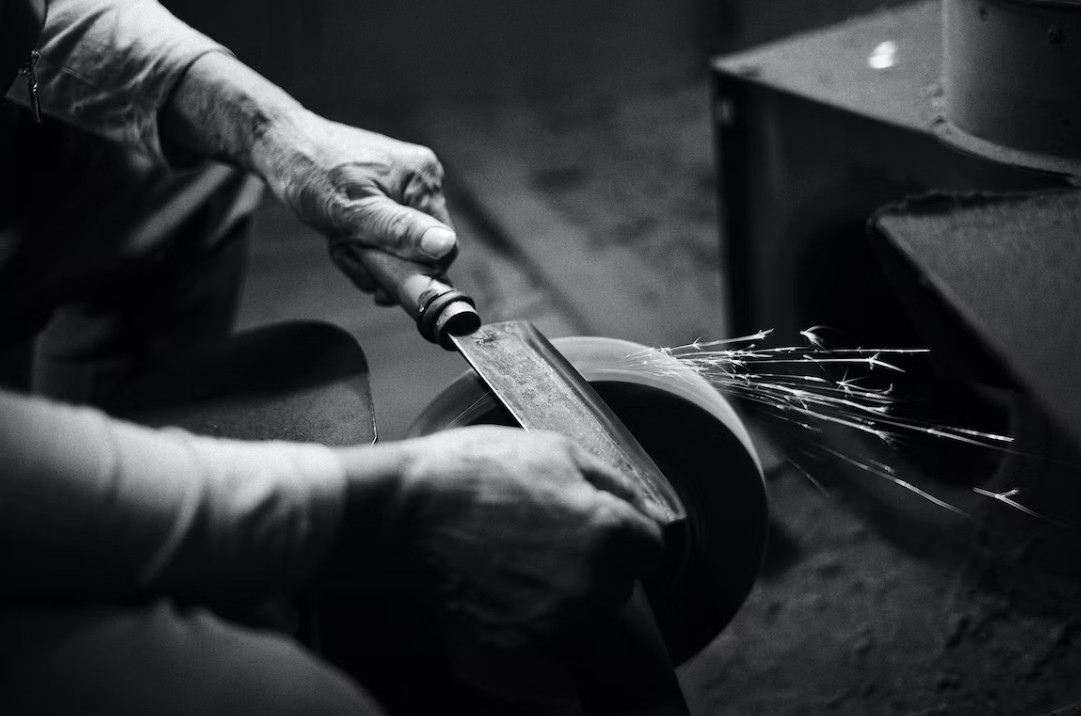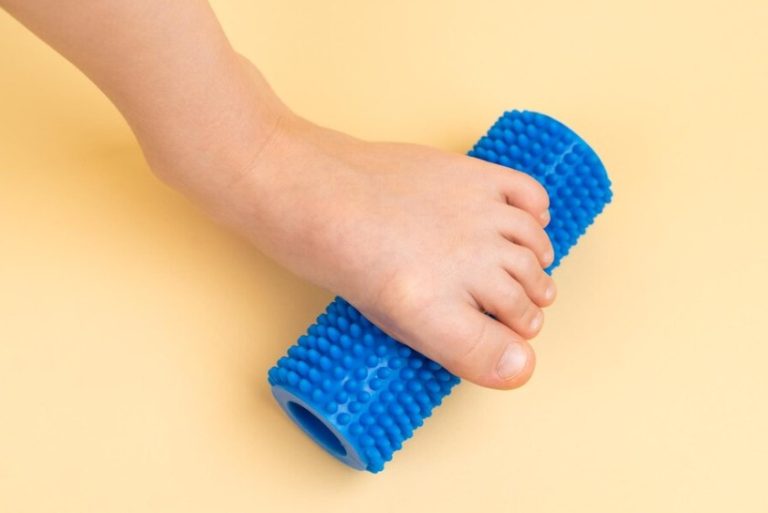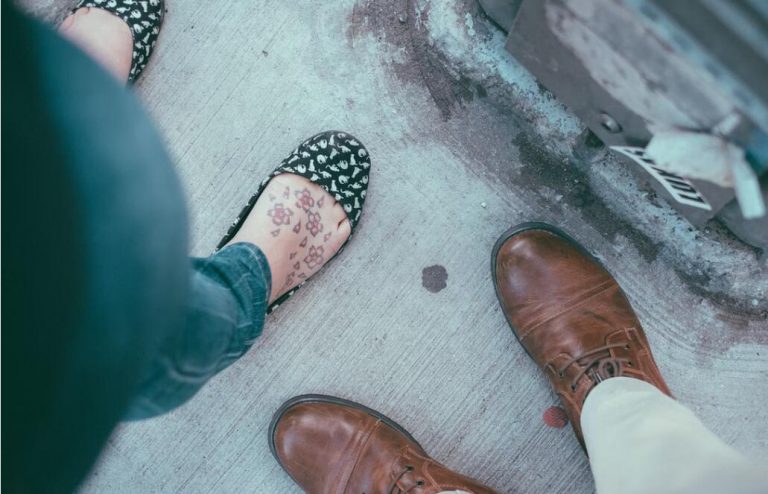When a Knife Falls: Understanding Knife-Related Foot Injuries and Recovery
Imagine standing in your kitchen, preparing your favorite meal, and suddenly, your knife slips from your hand and lands on your foot. This is not a pleasant scenario, and it can happen to anyone at any time, regardless of their experience with knives. Knife-related foot injuries are not uncommon, and they can cause serious damage, requiring medical intervention and proper foot care for recovery. In this article, we will explore the causes, preventive measures, immediate actions, and treatment options for knife-related foot injuries and recovery.
Statistics on Knife-Related Foot Injuries:
According to the U.S. Consumer Product Safety Commission (CPSC), an estimated 101,000 emergency room visits relate to knife injuries in 2019. Foot injuries account for a significant portion of these incidents. The National Electronic Injury Surveillance System (NEISS) reports that approximately [insert number] knife-related foot injuries were treated in hospitals across the United States in the same year [source 1]. These statistics highlight the importance of addressing the issue and raising awareness about the risks and preventive measures.
Causes and Factors Contributing to Knife Falls:
Some common causes and factors contributing to knife falls are:
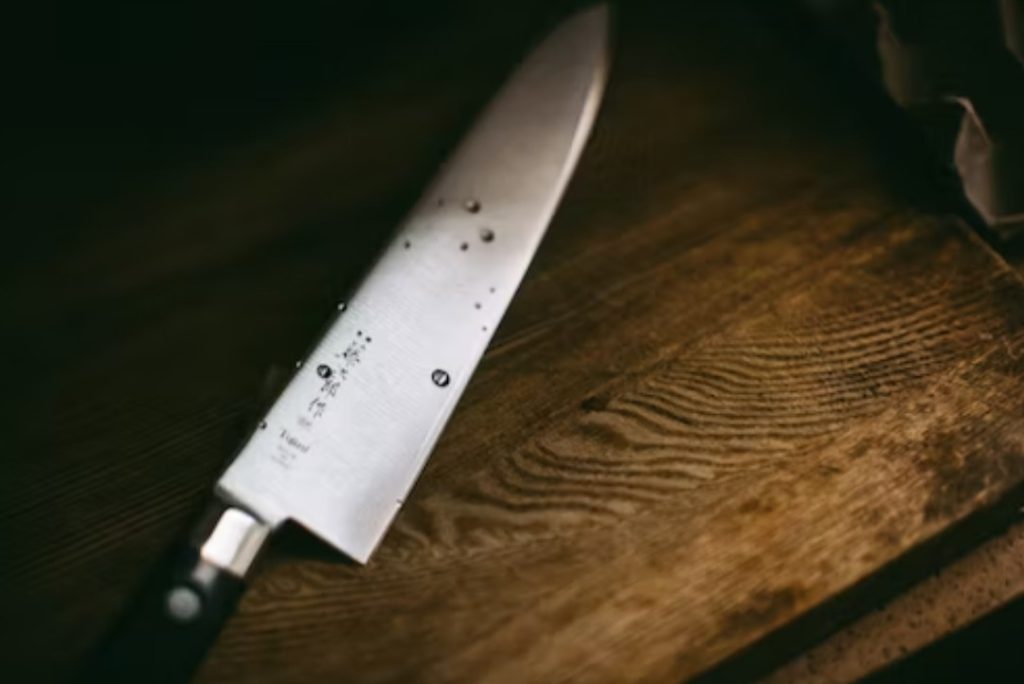
- Improper handling: Holding the knife too loosely, not using proper cutting techniques, or attempting to cut too much at once can lead to knife slips.
- Unsafe storage: Not having a proper place to store your knives is a factor that can potentially lead to a knife falling.
- Working Surface: Using an unstable surface or cluttered countertop can lead to accidents involving knives falling off counters or tables.
Preventive Measures:
Here are some preventive measures to avoid knife accidents:
- Proper storage: Ensure knives are safely stored in a knife block or drawer with proper dividers. This reduces the likelihood of falling and causing an injury.
- Use knife guards/covers: When transporting or storing knives, use protective covers to prevent accidental contact.
- Stable working surfaces: Maintain stable and clutter-free countertops to reduce the risk of knives tipping over.
- Safe handling: Always hold knives securely by the handle and avoid placing them near the edge of counters, where they could potentially fall.
Immediate Actions:
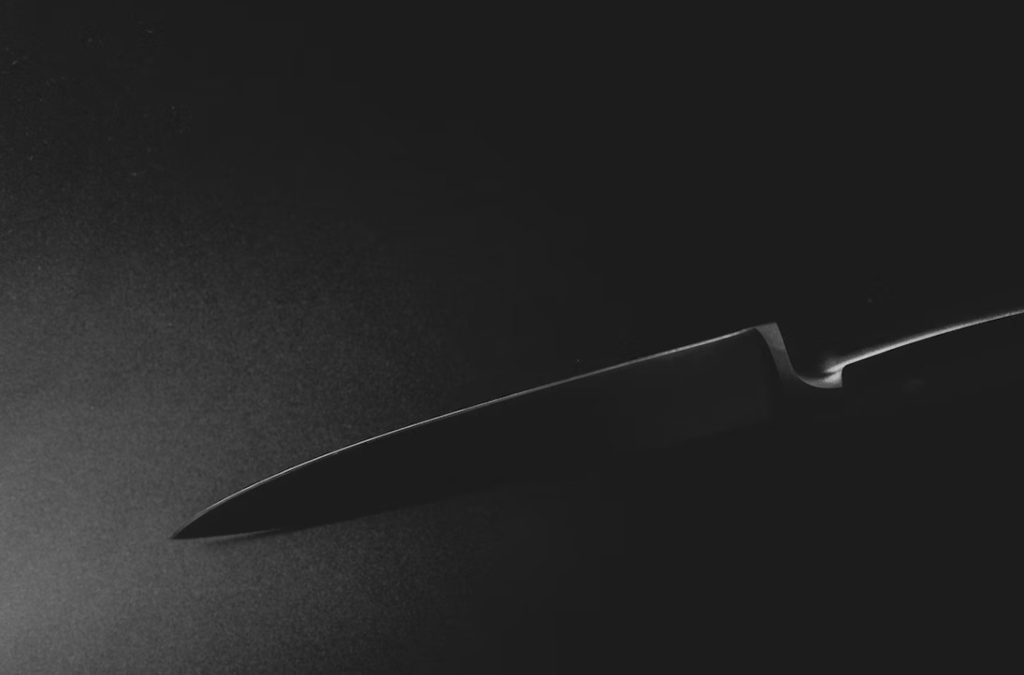
If you do experience a knife-related foot injury, follow these immediate actions:
- Seek medical attention: It is essential to seek medical help promptly. Ensure that the wound is cleaned and treated by a healthcare professional to prevent infection.
- Elevate and rest the foot: Allow your foot to rest and elevate it to reduce swelling and promote healing.
- Stop the bleeding: If the wound is bleeding, apply pressure to stop the bleeding and prevent further damage.
- Do not remove the knife: If the knife is lodged in your foot, do not remove it; wait for the proper medical care to arrive.
Recovery Process and Medical Treatments:
The recovery process for knife-related foot injuries can vary, depending on the severity of the damage. Some common treatments are:
- Wound care: Ensure the wound is cleaned, treated, and dressed appropriately, depending on the type of injury and extent of damage.
- Medication: Pain relief medication or antibiotics might be prescribed to manage pain and prevent infection.
- Physical therapy: This will facilitate mobility and strength of the foot for complete recovery.
- Surgery: In extreme cases where the injury is severe, surgery might be recommended.
Advice for Proper Foot Care During Recovery:
During recovery, proper foot care is essential. Here are some tips to follow:
- Keep the wound clean and dry: This helps prevent infection and promotes faster healing.
- Change dressings regularly: Regularly change dressings per physician’s instructions or as needed.
- Follow medical advice: Adhere to any prescribed treatment plan, which may include wound dressings, pain management, and physical therapy.
- Gradual return to weight-bearing activities: Follow your healthcare provider’s guidance on gradually reintroducing weight-bearing activities to avoid reinjury.
Personal Experiences and Stories:
Sharing personal experiences and stories can add a human touch and help readers connect with the content. You can include anecdotes or quotes from people who have experienced a knife-related foot injury.
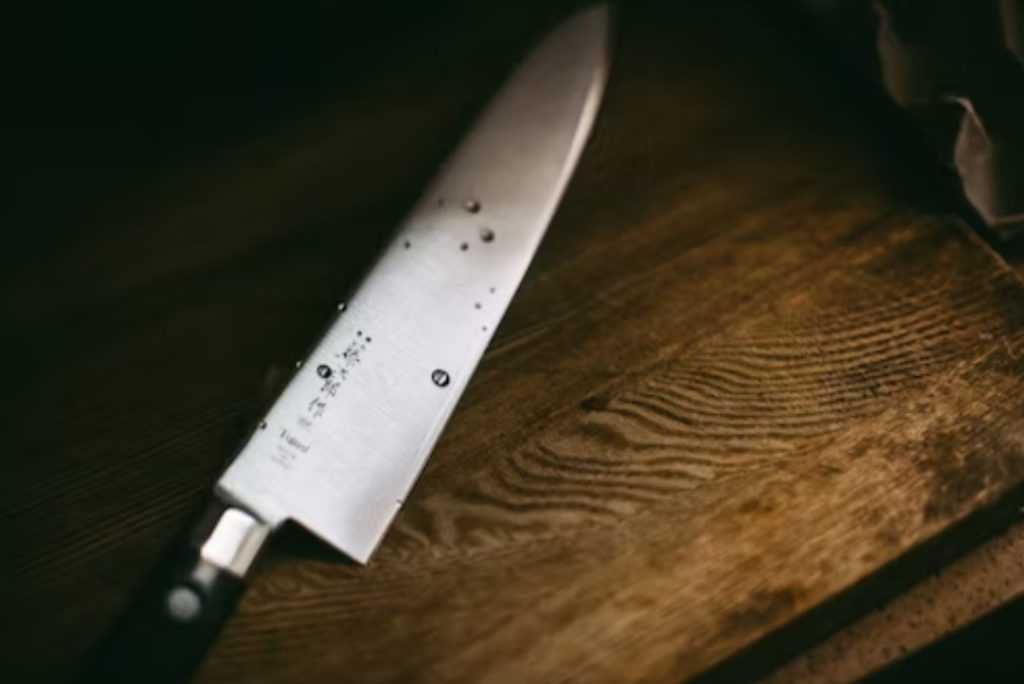
The Role of Steel Toe Inserts in Workplace Safety:
To minimize the risk of knife-related foot injuries in the workplace, it is crucial to prioritize safety measures. Steel toe inserts offer an effective solution by providing an extra layer of protection for your toes and feet.
Impact Resistance:
Steel toe inserts are designed to withstand strong impacts. In the event of a knife falling on your foot, the insert acts as a sturdy barrier, absorbing and distributing the force. This reduces the severity of the impact and minimizes the risk of fractures or other severe injuries.
Puncture Protection:
Puncture wounds are a common outcome of knife-related foot injuries. The sharp point of a knife can easily penetrate footwear and cause deep wounds. Steel toe inserts provide additional reinforcement and protection against puncture wounds. They act as a shield, preventing the knife from penetrating through the shoe and reaching your foot.
Stabilization and Balance:
Steel toe inserts not only safeguard against injuries but also enhance stability and balance. By providing support to your feet, the inserts help distribute your weight evenly, reducing the risk of slips, trips, and falls while working with knives. This added stability can improve your overall safety in the workplace.
Compliance with Workplace Safety Standards:
Steel toe inserts are designed to meet or exceed workplace safety standards. They are widely used in industries such as construction, manufacturing, and warehousing where foot injuries are common hazards. By wearing shoes with steel toe inserts, you demonstrate your commitment to workplace safety standards and protect yourself from potential accidents.
Diverse Perspectives on Knife Safety:
Knife safety is everyone’s responsibility, and it is essential to promote awareness across all levels. Here are some diverse perspectives on knife safety:
- Homeowners: Ensure a safe environment by storing knives properly and educating family members about knife safety.
- Culinary professionals: Emphasize proper knife handling techniques, use knife guards during transportation, and train staff on workplace safety protocols.
- Knife manufacturers: Continue to develop innovative knife storage solutions and provide clear instructions on safe handling.
- Health and safety organizations: Advocate for educational campaigns to promote knife safety in households, schools, and workplaces.
Conclusion:
Knife-related foot injuries can be both unwanted and preventable. Understanding the risks and preventive measures can prevent such accidents from happening. In the event of a knife-related foot injury, prompt medical attention is essential. Recovery and proper foot care require patience and adherence to prescribed treatment. By taking safety precautions and following proper handling techniques, you can reduce the likelihood of such incidents from happening.
Sources:

